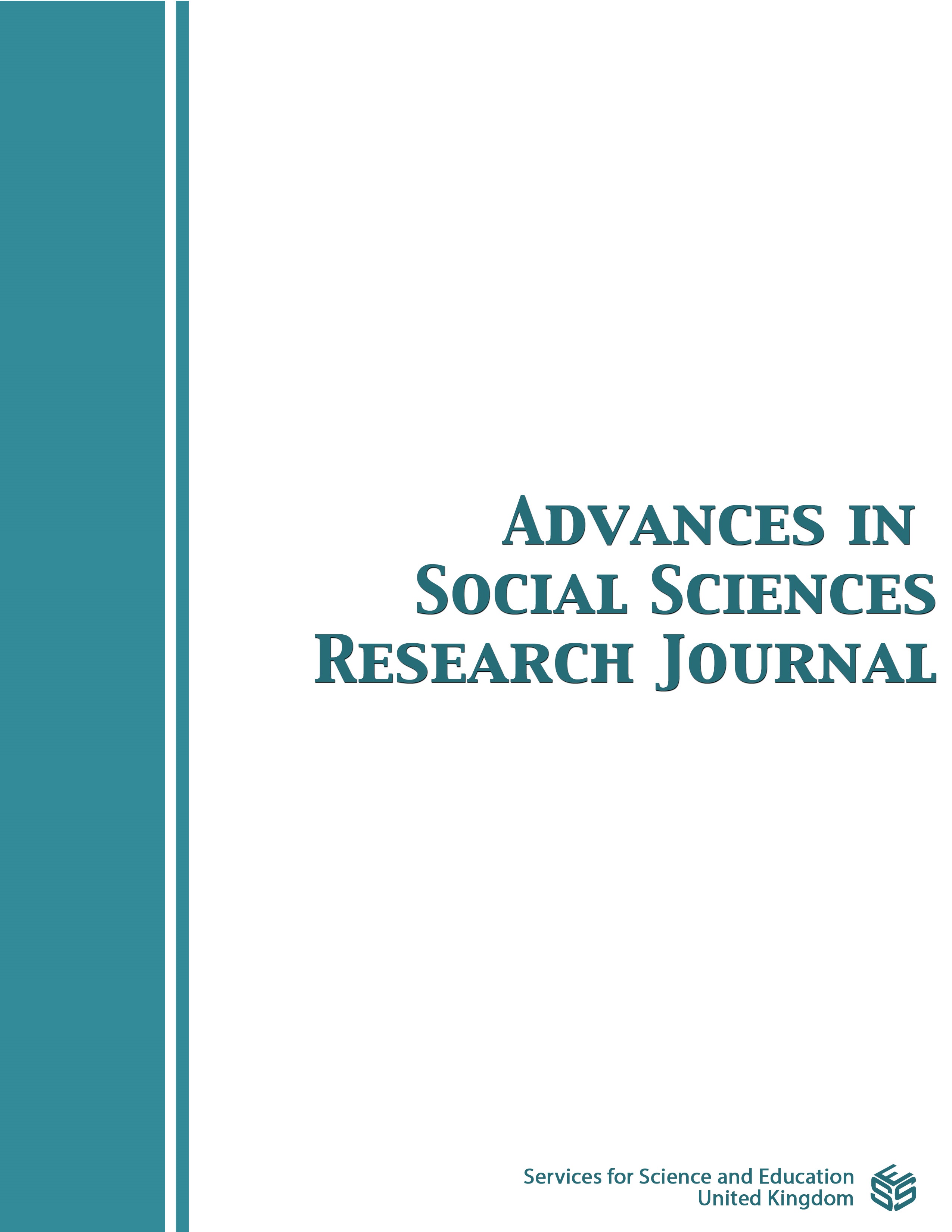The Special Bilingual Education Programme in Cameroon: The Scientific and Technical Components in Question
DOI:
https://doi.org/10.14738/assrj.116.17098Keywords:
bilingual education, SBEP, language learning, partial immersion, secondary schoolAbstract
Any teaching programme intends to train a specific type of citizens who able to answer a specific need of a country. It is for that purpose that the Special Bilingual Education Programme (SBEP) was launched in some Cameroonian secondary schools. That programme aims to train perfect bilingual students, and this goes in line with the promotion of bilingualism established by the Cameroonian government. This paper questions the marginalization/ ignorance of scientific and technical education within that programme which normally is supposed to consider all the components of education. The data was collected through questionnaires administered to 100 science students and 20 teachers of five bilingual secondary schools that host the Special Bilingual Education Programme. Another questionnaire was administered to 100 technical students and 10 teachers of three technical schools, making a total of 230 informants. The results revealed that the marginalization/ ignorance of scientific and technical components in the Special Bilingual Education Programme is a serious problem. Students who enrol in that programme and who ambition to continue with scientific studies are forced to leave it after the BEPC (Brevet d’Etudes du Premier Cycle) and the GCE- Ordinary Level examinations. Technical education students who want to be bilingual cannot enrol in that programme. This paper recommends that the government include the scientific and technical components into the Special Bilingual Education Programme to enable science and technical students to benefit from it.
Downloads
Published
How to Cite
Issue
Section
License
Copyright (c) 2024 Gilbert Tagne Safotso, Ines Thérèse Gamgne

This work is licensed under a Creative Commons Attribution 4.0 International License.
Authors wishing to include figures, tables, or text passages that have already been published elsewhere are required to obtain permission from the copyright owner(s) for both the print and online format and to include evidence that such permission has been granted when submitting their papers. Any material received without such evidence will be assumed to originate from the authors.






